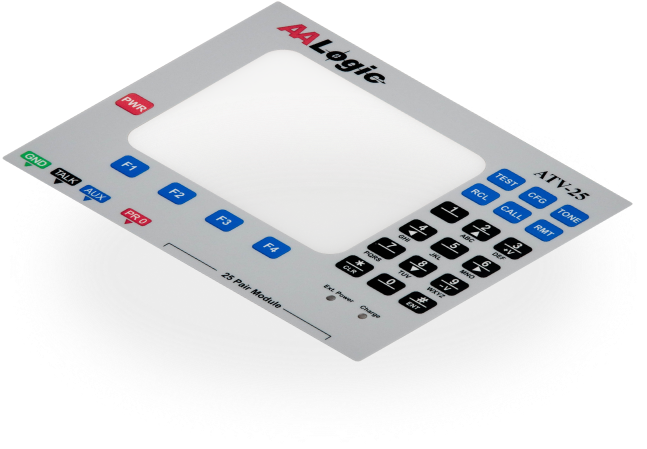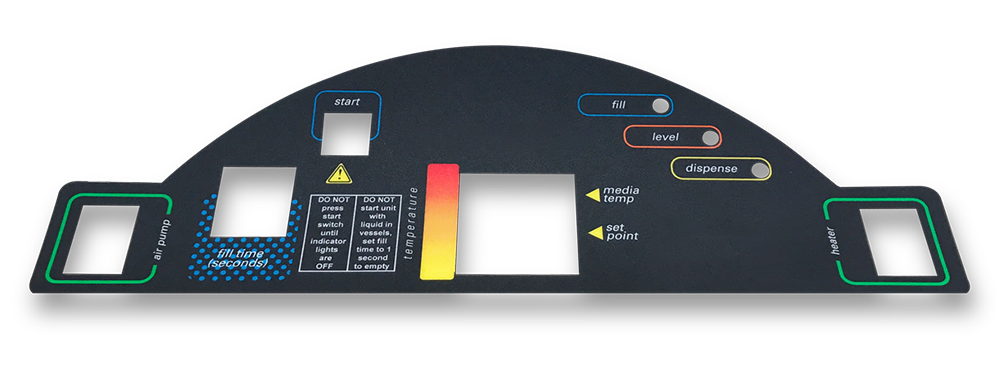Comprehending How Graphic Overlays Work to Improve Your Innovative Jobs
Graphic overlays function as an essential element in the world of creative projects, enhancing both visual communication and target market engagement. By recognizing their capability and potential applications, one can efficiently boost not just the visual charm but likewise the quality of complex information. Nevertheless, the successful integration of these overlays requires cautious consideration of layout concepts and purposes. As we check out the various types and finest techniques, it ends up being apparent that the right method can dramatically influence task outcomes, leaving us to ponder how to harness these tools for optimal impact.
What Are Graphic Overlays?
Graphic overlays are visual aspects that are positioned on top of a base picture or user interface to enhance interaction and individual experience. They serve various purposes, including giving extra details, guiding individual communication, and enhancing visual appeal. Usual applications of visuals overlays can be found in digital user interfaces, advertising and marketing, and instructional products.

Graphic overlays are commonly created making use of layout software, enabling designers to control openness, size, and shade to attain the wanted impact. Recognizing exactly how to properly carry out graphic overlays is important for developers intending to raise their innovative jobs.

Benefits of Making Use Of Graphic Overlays
Utilizing graphic overlays can substantially enhance the effectiveness of aesthetic communication across numerous mediums. One of the primary advantages is the capability to share complicated info succinctly. By layering graphics, message, and pictures, overlays facilitate the discussion of data in a more digestible format, making it much easier for audiences to grasp vital principles promptly.
Furthermore, visuals overlays can boost aesthetic appeal, drawing attention to certain aspects within a design. This is especially helpful in marketing and advertising and marketing, where capturing the customer's rate of interest is paramount. The critical usage of shades, forms, and typography in overlays can produce a appealing and natural visual story, enhancing brand recognition.
Additionally, graphic overlays provide flexibility in style. They allow makers to adjust content for different systems without beginning from scrape, ensuring uniformity across various networks. This flexibility is vital in today's electronic landscape, where material should be enhanced for varied tools and formats.
Kinds of Graphic Overlays
When taking into consideration the various sorts of visuals overlays, it is necessary to recognize their varied applications throughout different industries. Graphic overlays can be classified largely right into 3 types: functional, ornamental, and educational.
Useful overlays are designed to improve the use of a product. Frequently found in electronic tools, these overlays commonly supply tactile responses with increased switches or distinctive surfaces, boosting user communication. They can likewise act as a protective layer, protecting the underlying components from deterioration.
Attractive overlays concentrate on visual enhancement, permitting brands to reveal their identity via lively designs and customized graphics. These overlays prevail in packaging, advertising, and point-of-sale materials, where aesthetic allure is important for bring in consumers.
Informative overlays, on the various other hand, are used to communicate important data or guidelines. They can be seen in applications such as signs, individual manuals, and educational graphics, where clearness and readability are paramount.
Each kind of graphic overlay serves an unique function, adding to the overall effectiveness of imaginative go to website projects while dealing with specific requirements within numerous markets. Understanding these distinctions is crucial for picking the ideal overlay for your job.
Ideal Practices for Implementation
To make sure the successful execution of visuals overlays, it is critical to develop a clear understanding of the project's objectives and the certain demands of the end-users. Begin by carrying out complete research to identify the target market and their preferences, as this will inform design choices and performance.
Next, develop a thorough strategy that details the overlay's format, combination, and function procedure. This plan needs to consist of interface factors to consider, making certain that overlays boost as opposed to block the user experience - Graphic Overlays. Maintain and take into consideration the aesthetic hierarchy consistency in style components, such as color icons, plans, and typefaces, to advertise brand name comprehensibility
Checking is important; collect comments from a depictive example of customers to identify prospective problems and locations for enhancement. Iterate on the layout based on user input and performance data. Furthermore, make sure compatibility across various tools and systems to make the most of ease of access.
Tools for Developing Overlays
Developing effective visuals overlays requires the right tools to translate design ideas right into useful applications. Various software application and systems are readily available, each customized to specific requirements and ability levels.
Adobe Photoshop and Illustrator are sector standards, supplying considerable capabilities for creating and adjusting overlays. These tools provide her latest blog sophisticated features such as layer management, mixing modes, and vector graphics, enabling developers to develop premium and elaborate overlays.
For those seeking an extra easy to use technique, Canva and Figma are exceptional options (Graphic Overlays). Canva's user-friendly interface enables customers to create overlays rapidly utilizing pre-designed layouts, while Figma promotes collective style in real-time, making it perfect for groups
Furthermore, open-source choices like GIMP and Inkscape offer robust performances without the connected useful content expenses of exclusive software program. These tools permit versatility in design and can accommodate different data layouts, guaranteeing compatibility throughout various platforms.

Final Thought
In final thought, visuals overlays serve as effective devices for boosting creative tasks by providing aesthetic clearness, aesthetic charm, and brand name uniformity. By recognizing the essential principles and benefits linked with graphic overlays, creators can dramatically enhance the top quality and effectiveness of their visual communications.
Graphic overlays serve as a pivotal element in the world of imaginative tasks, improving both aesthetic communication and target market involvement.Graphic overlays are commonly produced making use of layout software program, allowing designers to adjust transparency, color, and dimension to attain the desired result.Additionally, graphic overlays can improve visual appeal, attracting focus to particular aspects within a style.Additionally, visuals overlays provide adaptability in layout.In verdict, visuals overlays serve as effective devices for improving creative tasks by giving aesthetic quality, aesthetic appeal, and brand uniformity.